
ANU’s Research School of Physics welcomes transformative research
ANU’s Research School of Physics welcomes transformative research
Share
Hassell has designed a dynamic, flexible and adaptive research space for Australian National University’s (ANU) School of Physics.
Hassell has delivered a long awaited and purpose-built science facility – conducive to rigorous engagement and cutting-edge research – that coincides with its eight year partnership with the university.
The global design practice’s design has enabled the field of physics to earn a place back in the campus limelight, galvanising a new era of innovation into action, according to the School of Physics director Tim Senden.
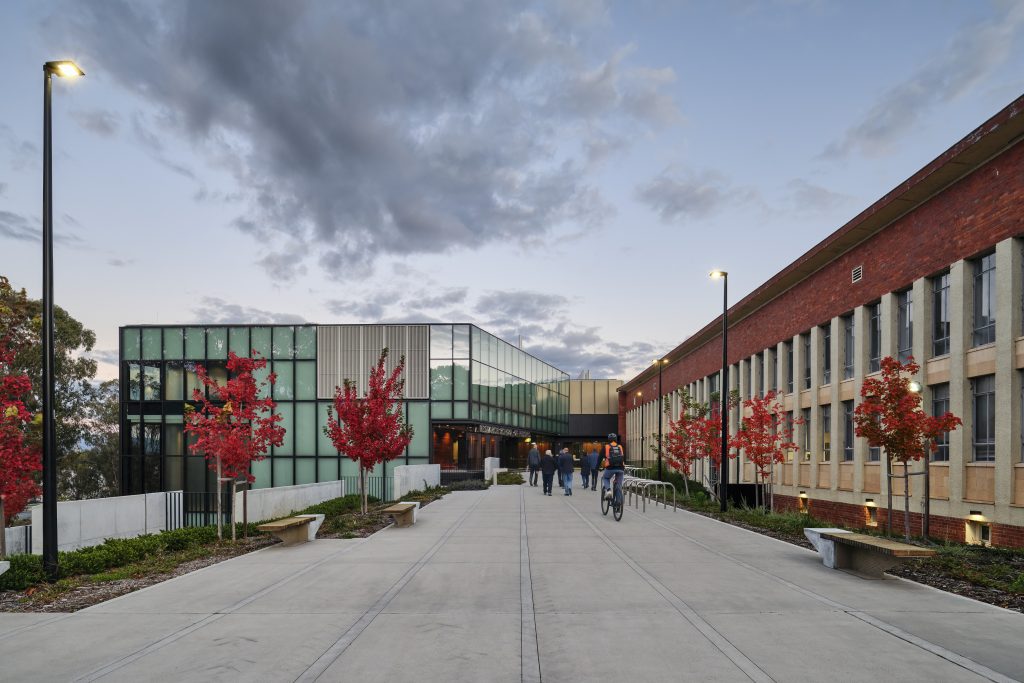
“Over the past 50 years or so, we locked physics away and now this new building puts it back in the spotlight. The design brings the rest of the university in and the spectacular view brings the public in too,” says Senden.
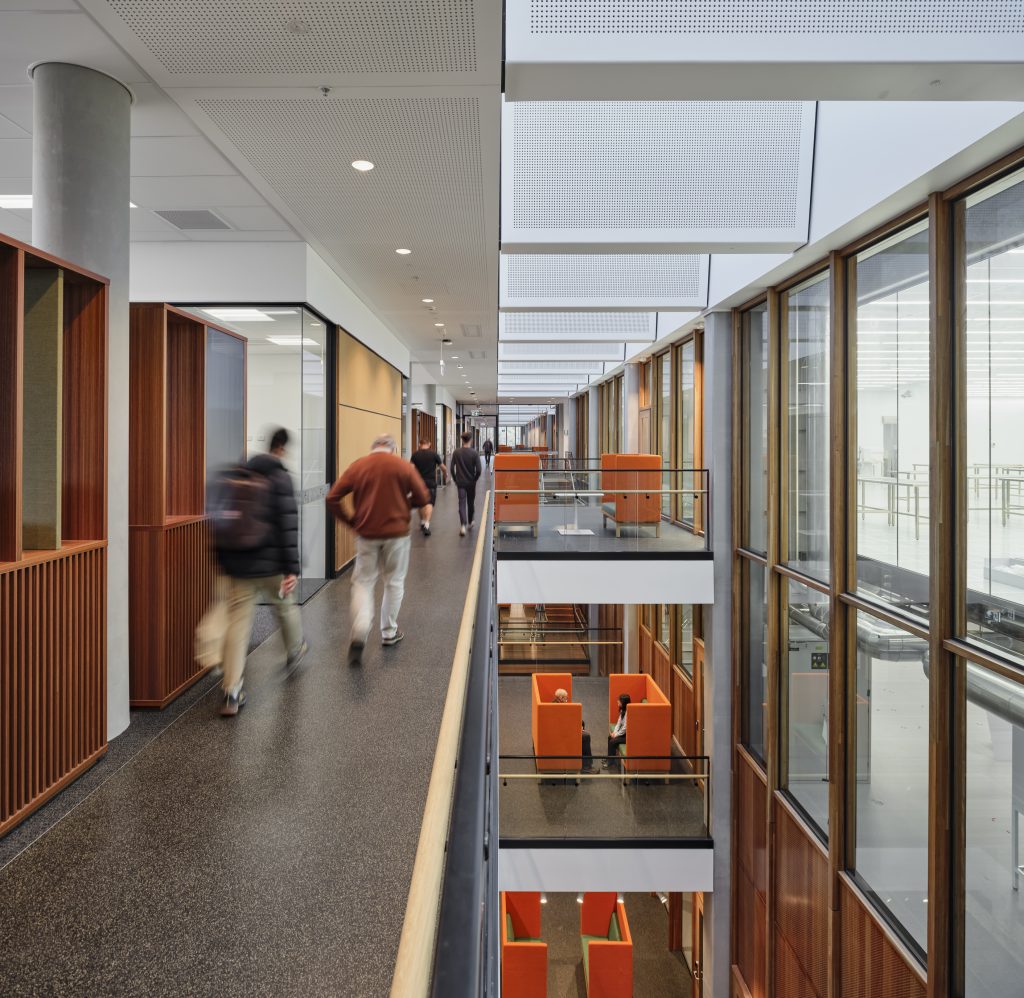
Nanofabrication laboratory designed for maximum flexibility and safety
The 1600-square-metre nanofabrication laboratory, boasting a single unobstructed ‘ballroom configuration’, is regarded as the shining star of the facility. Longevity of use is achieved by a design that allows endless combinations.
Such classifications are the result of ultra-clean laminar air flow sourced from the perforated gel-sealed ceilings, eventually filtering down through the perforated modular-cast aluminium ‘ballroom floor’ and into the sub-fab space.
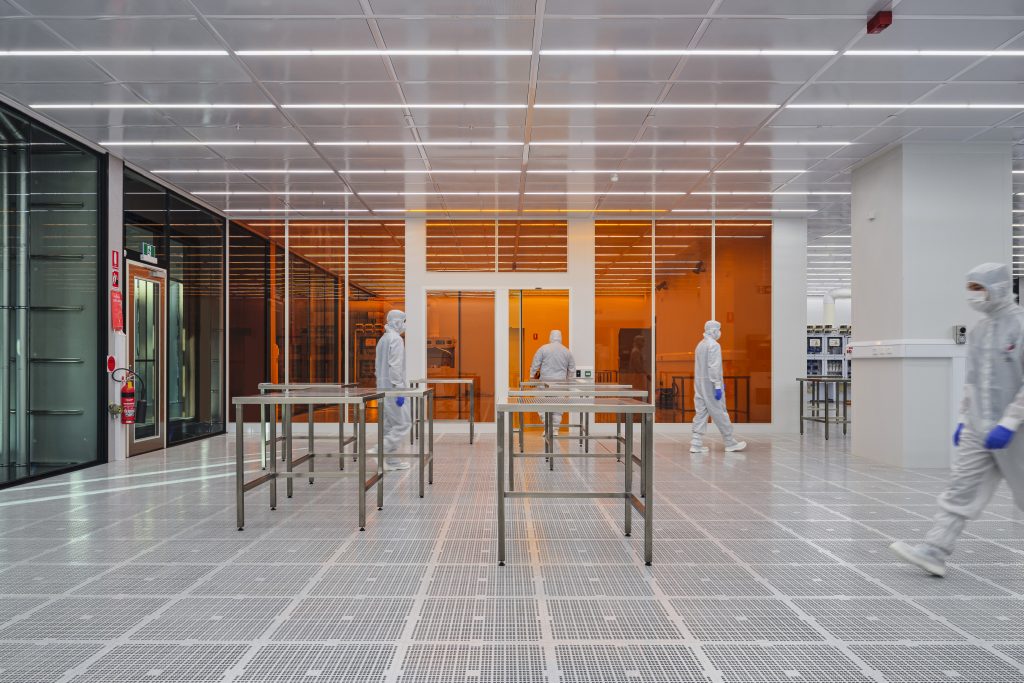
Air is filtered back to the above plant room via perimeter glass ducts and allows for an unobscured view into the facility from the public viewing corridor.
“Privacy and openness are balanced throughout the building as the glass invites people to look in and understand, even if they can’t touch,” says Senden.
Additionally, the facility reaches impressively high standards of air particulate filtration, vibration and acoustic isolation.
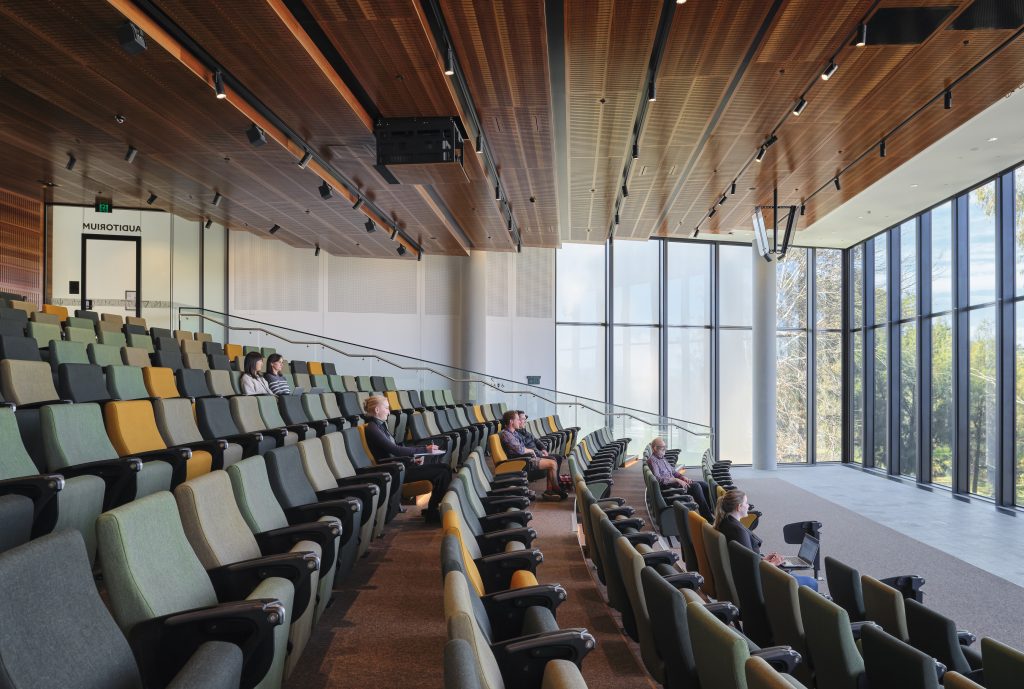
Safe engagement
Senden predicts the 22 labs will bear witness to unprecedented research and fruitful discoveries, yet also industry events, as assisted by collaborative office spaces, a 250-seat auditorium and stable and secure laboratories.
“The environment invites discoveries and engaging collaborations and is a place to communicate new understandings. The design brings people close to an active and potentially hazardous space, but does that safely without locking things away behind walls,” says Senden.
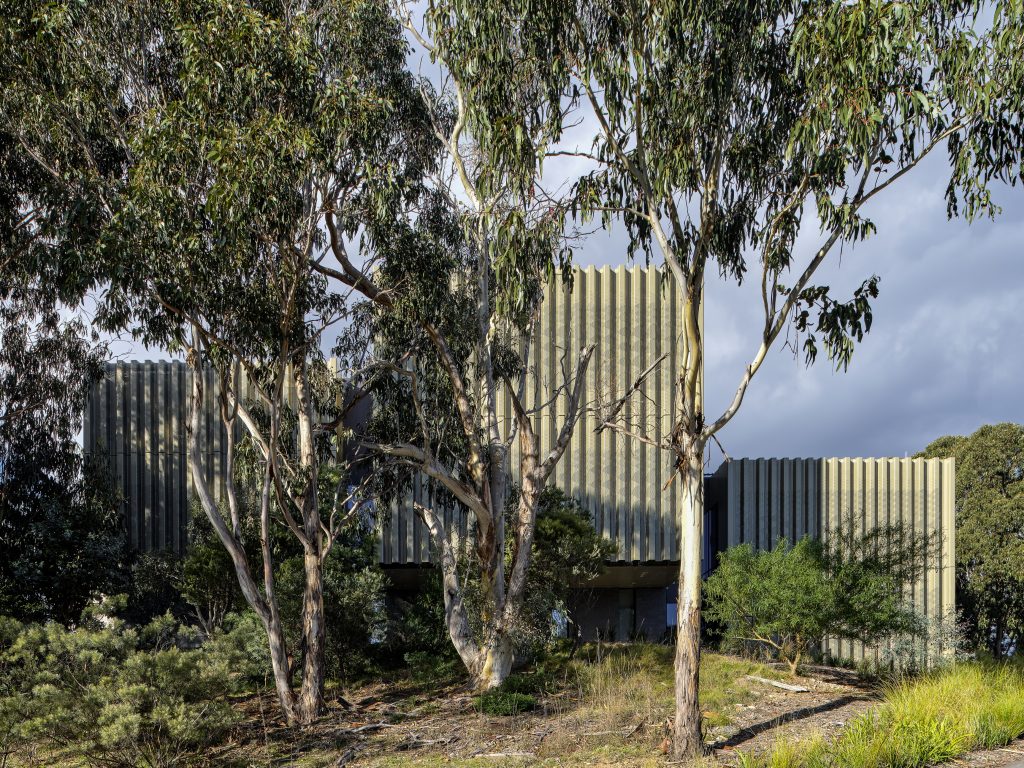
Design accommodates knowledge sharing
The school’s belief in sharing knowledge, ideas and concerns between separate ‘research tribes’ is met through the close proximity of laboratories to designated socialising spaces.
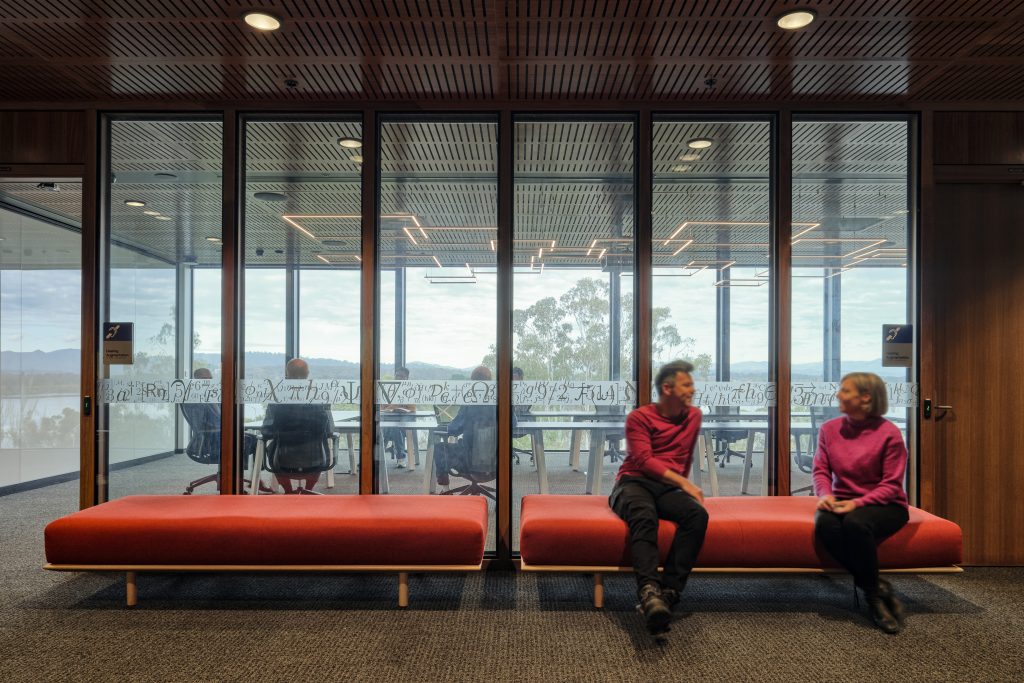
Users of the laboratories are encouraged to engage in spontaneous and emotionally nourishing breaks and interactions with not only the wider physics research community, but also students and visitors of the space.
Hassell principal Mark Roehrs confirms that while designing for optimum adaptability was paramount, the labs are grounded in conventional design principles to ensure spaces are calming, light-filled and vibrant.
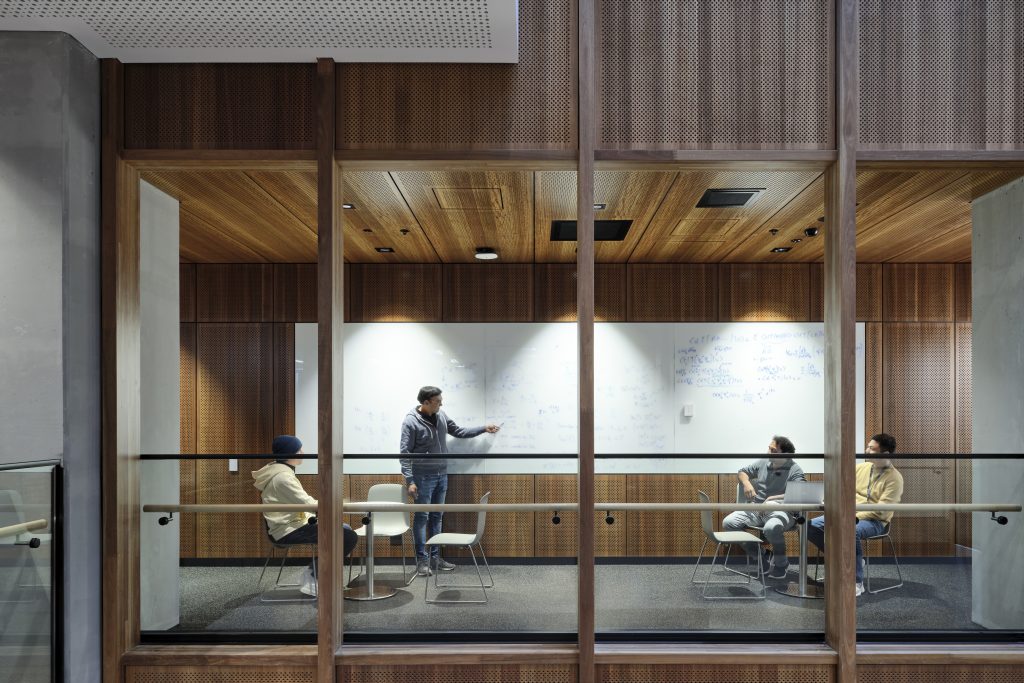
“We wanted to create beautiful spaces that the scientists enjoy being in, achieved through intimate but visually interconnected spaces animated in soft atrium light and the warm materiality of timber framing,” says Roehrs.
Photography supplied by Hassell.
Read about HDR associate directors Amy Papas and Simone Benvenuti discussing laboratory design.
















